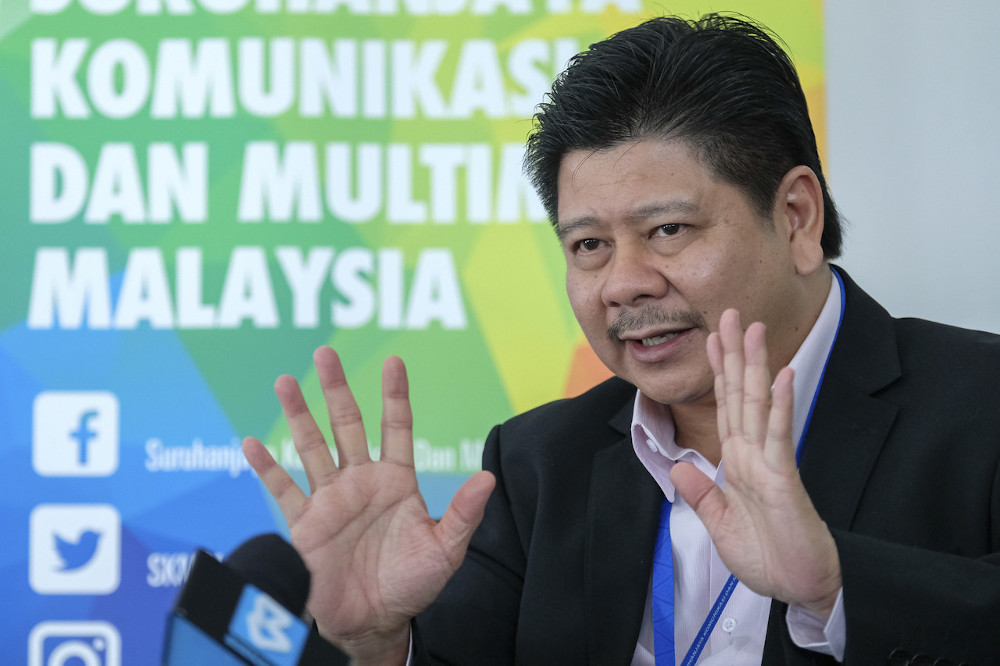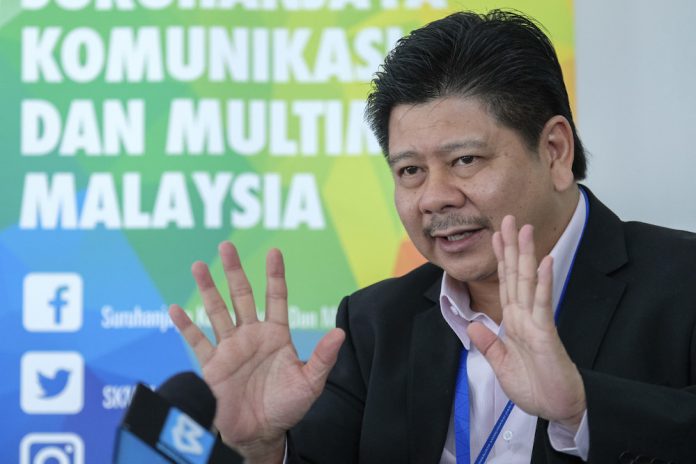
KUALA LUMPUR, Dec 18 — Malaysia has surpassed its self-imposed target for 2020 under national digital infrastructure plan Jalinan Digital Negara (Jendela) in terms of the number of premises now having internet connection via fibre optic cables.
The Malaysian Communications and Multimedia Commission (MCMC) said today it projects that telecommunication companies would be able to help the country fully achieve the year’s target for upgrading of sites and near the target for new sites for mobile broadband.
Its chairman Dr Fadhlullah Suhaimi Abdul Malek today provided updates on the progress so far on Jendela since the five-year plan was announced over three months ago by the prime minister.
In the first quarterly report for Jendela released today, Dr Fadhlullah noted that the target for 2020 was to have 352,101 premises and homes having fibre connectivity, noting that telco firms have managed to have 433,477 premises passed with fibre optics as of December 16, which would be equivalent to 123.1 per cent of the target set.
“We don’t stop there, the industry continues to lay (fibre optics), the forecast number is just short of 436,000,” he said, referring to the projected total of 435,947 by December 31, which would be a forecasted 123.8 per cent of the 2020 targets or an outperformance by 23.8 per cent.
The 2020 target to improve wireless broadband speed for mobile users was for the upgrading of 16,214 existing base stations at urban and suburban areas, with 16,029 (or 98.9 per cent) upgraded as of December 16, while the total of sites with upgraded equipment is forecasted to hit 16,366 or 100.9 per cent by December 31.
As for 4G coverage, the target for 2020 under Jendela was to build 940 new sites in urban and suburban areas to improve the indoor internet coverage and quality of experience by mobile broadband users.
As of December 16, a total of 746 of the new sites have been completed which represents 79.4 per cent of the 2020 target, with Dr Fadhullah stating that it is forecasted that 875 units would have been completed by year-end or with 93.1 per cent of the target expected to be achieved.
This means that the new broadband sites are expected to fall short of Jendela’s 2020 targets by 65 new commercial towers.
“In total, out of the 940 that we targeted for 2020 in commercial areas, there’s a shortfall of 65, certainly the industry will try to catch up on those numbers moving into 2021,” Dr Fadhullah said.
He listed telco firms U Mobile, Digi and Celcom as those who will be falling short of the target, confirming however that service providers Maxis and Telekom did not face problems in meeting their respective targets for building new commercial towers.
He listed the various reasons for the shortfall by the three telcos, including the service providers themselves having improper planning and a lack of execution discipline, state bureaucracy, the speed of approval at the local authorities’ level, waiting for site acquisition by state-backed company, and the conditional movement control order’s (CMCO) impact.
Public protest was also cited as the reason for an expected shortfall of one of the new towers, with Dr Fadhullah stating that approval by local authorities for the building of such structures would be rescinded whenever there are such protests.
When asked if any of telcos lagging behind in meeting the targets for the new towers would be penalised by MCMC, Dr Fadhullah said: “With regards to penalising, with the shortfall made public to everyone, that in itself is a penalty. At the same time, this is an effort done by the industry and because of the close working relationship, you realise the problem doesn’t sit with one particular entity.”
MORE TO COME



